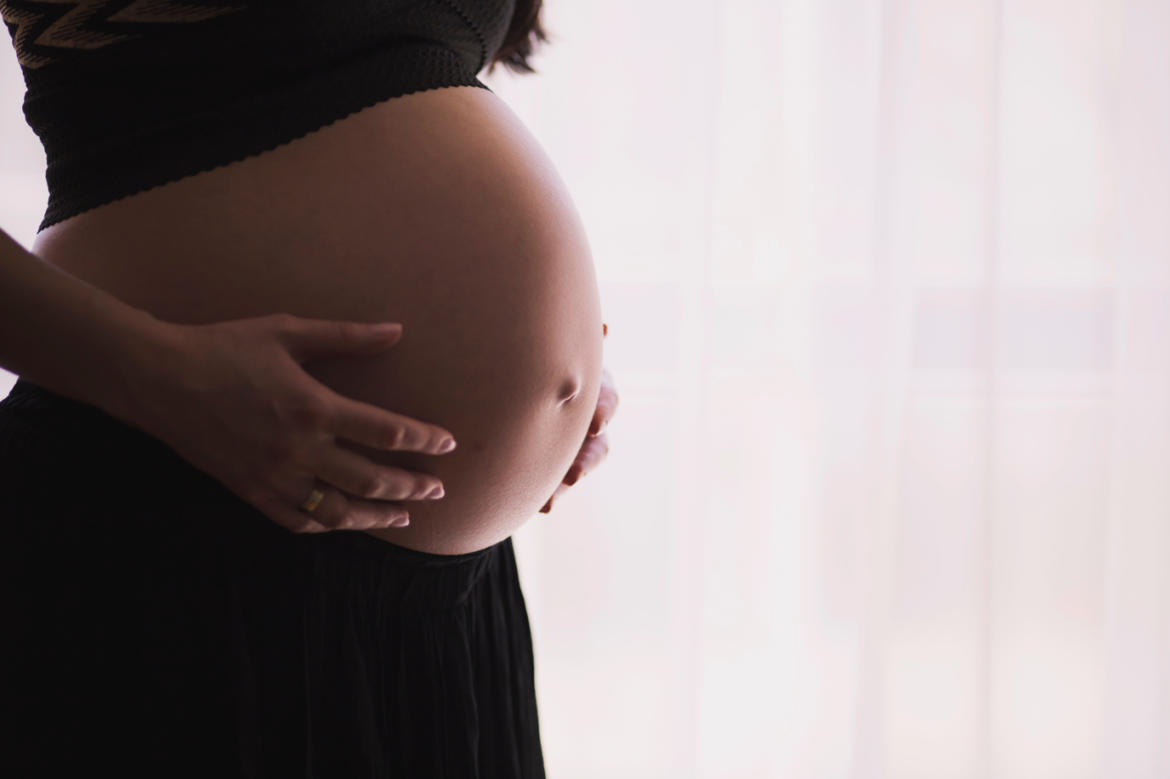According to the Human Rights Watch’s World Report 2015, China’s standards for gender equality were significantly below the acceptable international level. In addition to a lack of protective legislation against domestic violence, the silencing of women’s rights activists, and sexual abuse cases never brought to justice, women’s lack of freedom and access to reproductive health is a major concern. Most importantly, and perhaps less acknowledged, is the decades-long, government-provoked trauma faced by women in China in terms of reproductive restrictions.
While successfully preventing several births, China did not account for the consequences of its radical policy. The ageing population accompanied by a small workforce, and the gender imbalance are two important factors that have led China to rethink its population control strategy. The lack of young people to substitute the growing elderly population has brought significant financial concerns, which affect both individuals and society as a whole. The 4-2-1 phenomenon, which occurs when a single child reaches working age and is now expected to care for two parents and four grandparents by themselves, is a palpable outcome that affects a vast part of China’s younger generations.
Furthermore, the gender imbalance China is currently struggling with is a result of the country’s preference for male children. The root of this issue is misogyny, according to Human Rights Watch. The causes vary from what the organization calls “garden-variety sexism” to adults’ objective concerns with having a child that is able to care for them when they reach old age. Traditionally, men are the ones who care for their parents, and women become more involved with their in-laws than their own parents. Therefore, being allowed to have only one child enhanced the fear of not having sons, which led to gender-based abortions and abandonments. Years later, the price is being paid by China and neighbouring countries. Human Rights Watch highlights issues such as bride-trafficking from nations like Myanmar, North Korea, Vietnam, and Cambodia. These women are often promised jobs in China, only to be sold like objects, held captive, and raped by their Chinese “families”.
The severity of the consequences led China to rethink its One-Child Policy. In the span of five years, the country established a Two-Child (2016) and a Three-Child Policy (2021), but has yet to see the desired change. There are many reasons that unmotivate Chinese people from having children, such as the high financial costs of raising infants, particularly in urban areas.
In their 2019 documentary One Child Nation, directors Nanfu Wang and Jialing Zhang, both raised in China, portray the horrifying reality of women, children, and families who dared to disobey the State’s rule. Despite having portrayed human rights violations in China in multiple cinematic pieces, neither Wang or Zhang were aware of just how violent the enforcement of the One-Child Policy was – a reflection of the often silenced suffering of Chinese women.
In a recent interview, Wang, who grew up in a rural area of the Jiangxi province, stated that the One-Child Policy penetrated every aspect of life, being particularly enforced by the media. During the documentary’s production, Wang had the opportunity to talk to the midwife who delivered her – only to discover that the woman remembered more about the abortions she performed than the births. The woman, now in her 80s, affirms that the guilt led her to count the abortions. Wang does not blame individuals who perpetrated the violences promoted by the Chinese government, affirming that everyone was a victim of the policy. She, once again, enforces the deep indoctrination suffered by the Chinese population.
Out of the many wrongs related to China’s population control measures, one that is brought to light by the recent changes in reproductive rights is the perception of women’s bodies as tools for state control. For decades, Chinese women were stripped of their bodily autonomy and right to become mothers (if they wished to). This is about giving women the right to choose. There is nothing empowering in dragging a 7-months pregnant woman and killing her much-wanted baby, nor is it liberating to increase the number of children women are allowed to have and restricting their access to abortions. Whether it is a One-, Two-, or Three-Child policy, the fact that the Chinese government believes it has the right to control how many children its citizens are having is disempowering.
Whether China’s population control measures were efficient is not the point – it is the ever-changing human and gender-based atrocities continuously perpetuated by the Chinese government against its women, children, and families. The archaic view of women’s bodies as objects and mere means of (re)production shows how far from just and equal the Chinese government’s policy remains.
It is still premature to declare the outcomes of the abortion-restrictive policies introduced in China, but one cannot help but be concerned for the wellbeing and autonomy of Chinese women. What is next for them? A “minimum-child” policy? Complete prohibition of abortions? Forced impregnations? In a country that sees uteruses rather than human beings, one cannot be sure. With the rise of the pro-choice movement around the world, it is time that China reviews its understandings of independence, individualism, freedom, and equity.
Edited by Riyana Karim-Hajiani

Maria Lima Fernandes is a U0 student in the Faculty of Arts. She hopes to pursue a double major in Political Science and International Development Studies. Her areas of interest include culture, politics, social justice, and their intersections. She is passionate about women’s rights and feminist influences around the globe.

